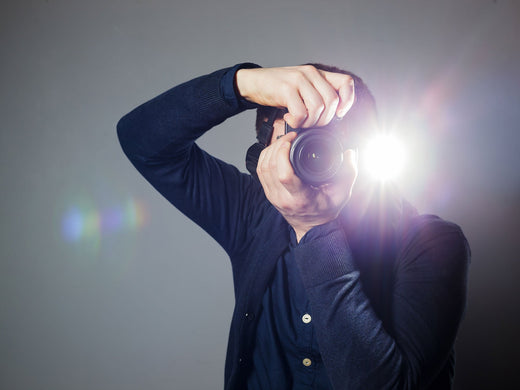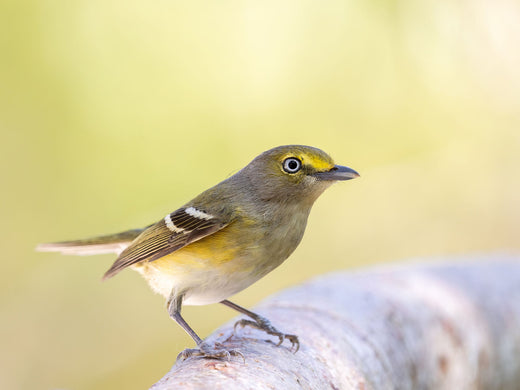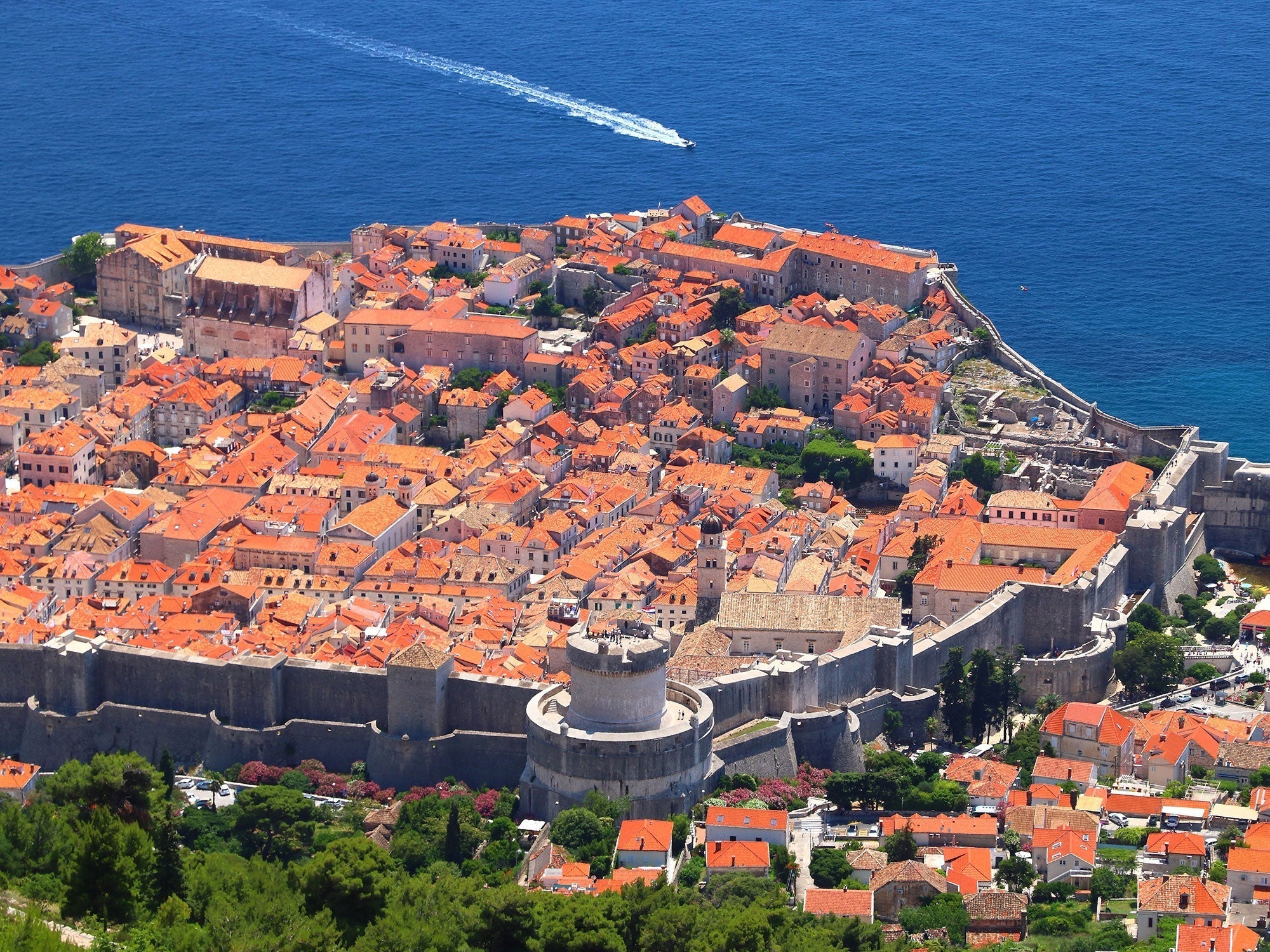
Photographing with flash: when and how to use flash
Some of the most important moments in life and the things you really want to capture happen at night or in poor lighting conditions. In such situations, the only way to take sharp, clear and beautiful pictures is to use a flash. To avoid the glaring overexposure of most standard integrated flashes, you should familiarize yourself with the subject of flash photography. Photo enthusiasts will soon discover that flash is not only useful at night and in poor light, but can also be used in daylight to create special effects. Read on to find out how to do this and exactly what you need to bear in mind.
Correct use of flash
We are all familiar with the flash, which is often automatically activated by the cell phone camera itself in dark environments and in poor lighting conditions. Even if the use of flash is helpful here in order to be able to recognize anything at all in the picture in the dark, such automatically flashed cell phone pictures are usually not works of art. However, with the right settings and a flash adapted to the situation, the necessary brightness can be created both in dark interiors and in night shots to expose the subject sufficiently without making it appear garish.
Amateurs may be surprised to learn that night photography is by no means the only area of application for flash in photography. The additional light is also used in backlit situations, for example, when the subject is to be photographed against a bright light source. This allows the subject to be brightened and excessive shadows to be avoided.
In general, flash photography enables creative use of light and shadow in the image. For example, the targeted use of flash can create special lighting effects and create a special mood in the picture. At the same time, the use of flash in daylight can help to soften harsh shadows caused by direct sunlight in the picture.
If you want to capture fast movements and achieve sharp images despite moving subjects, the short light pulse of the flash can offer a further possibility. The additional light can also improve the color rendition of the image, which is particularly useful for indoor shots with artificial light.
Types of flashes and flash photography techniques
The most basic type of flash is the built-in flash, which most cameras have and which is suitable for simple shots in low light conditions. However, this is often not very powerful and produces hard shadows. If you want to take more professional photos with a flash, it is best to buy a clip-on flash, also known as a system flash. These external flash units can be attached to the camera's hot shoe and offer more light intensity as well as setting options and therefore flexibility. In professional photo studios, a third type of flash is used, which allows even more precise control of the light. However, these studio flashes are usually bulky and therefore not suitable for use in genres such as street or landscape photography.
When it comes to working with flash, there are also a variety of techniques that enable different effects. The first of these is direct flash, where the flash is aimed directly at the subject. However, this way of using additional light often produces hard shadows and a flat image. Indirect flash, in which the flash is directed at a ceiling, wall or reflector, is usually more advantageous, diffusing the light and creating softer shadows. Finally, there is the fill-in flash, which is usually used in combination with existing ambient light and is only used to slightly brighten the subject and further reduce existing shadows.
Settings and parameters
If you want to take better pictures with flash, you should familiarize yourself with some basic settings and parameters of most cameras in this context. These include, for example, flash correction, which is usually abbreviated as FEC in the settings. With this function, the strength of the flash can be ideally adjusted to the situation, exposure and desired image effect. Another trick is to set the image synchronization, which regulates when the flash is triggered in relation to the camera's shutter. This is particularly important when photographing with fast shutter speeds, where you can set the high-speed synchronization, also known as HSS.
When it comes to the power of the flash, you should be guided by the guide number: The higher the guide number, the more powerful the flash. In order to be able to ideally regulate the light intensity of the flash to the prevailing exposure, you can set automatic flash exposure metering by the camera in TLL mode.
When should you not use a flash?
Despite the many advantages that the use of flash can offer, there are also situations in which it is perceived as disturbing or even makes the picture impossible. This is the case in museums and galleries, for example, where flash photography is often expressly prohibited, as the bright flash can damage particularly fragile works of art. Flash photography may also be undesirable at concerts, theater performances or wedding ceremonies, as it can disturb the protagonists and the audience. If special lighting is used on a stage, this is usually done to achieve a certain effect and create an atmosphere that could be disturbed by the flash. The same applies to animals, which often react shyly to bright flash light.
Flash light can also be counterproductive for the shot itself when photographing reflections. It is therefore essential to avoid using it when photographing through a pane of glass or on a reflective surface. It can also be distracting for the image if you use the flash when taking night shots of places with a lot of ambient light. This is particularly true in cities, where there are many light sources and the flash usually only disturbs the existing light and the resulting mood. Instead, it is better to work with longer exposure times and a good tripod in these cases.
Those who use a polarizing filter to reduce unwanted reflections in the image and instead enhance the colors should also avoid using flash. In conjunction with polarizing filters, this can lead to unpredictable results and generally uneven lighting. Instead, however, there are a whole host of other settings that can be used to improve the exposure of the image. To do this, take a closer look at the ISO value, aperture and exposure time.
Take your flash photography to a new level! In the Oberwerth Shop you will find high-quality half cases that not only protect your camera, but also impress with their elegant design. Supplement your equipment with practical camera bags and stylish photo backpacks to transport your equipment safely and comfortably. Whether you're experimenting creatively with flash or taking precise shots in poor lighting conditions, you'll be perfectly equipped with the right accessories. Discover our products now and make your photography even more impressive!
Conclusion
The use of flash light allows us to make things visible that would otherwise often remain in the dark, but the use of external light sources also poses challenges for photographers. To take really great pictures with flash, you should first of all get the right equipment, but then above all experiment freely and creatively with it. Try out flash in different situations and with different lighting and see where and how it can enhance your own personal style.

